The cryptocurrency market is considered to have great potential to promote digital economic development. |
Among the global models, the European Blockchain Testbed Scheme (EBRS) and the Markets in Cryptoassets Regulation (MiCA) are considered the most suitable for reference.
Vietnam's digital transformation, coupled with strong economic growth and significant investments in the financial sector and Fintech ecosystem, has facilitated widespread adoption of cryptocurrencies at the retail level.
In 2024, Vietnam will rank 5th among the top 20 countries in cryptocurrency adoption according to Chainalysis, with millions of users and a thriving blockchain ecosystem.
However, Vietnam lacks a comprehensive regulatory framework. Cryptocurrencies in Vietnam have developed unchecked, causing the Government to face many challenges in collecting taxes, controlling foreign currency outflows, and protecting investors from scams.
Legal Framework for the European Union Cryptocurrency Market
Recognizing the growth of blockchain technology and the expanding crypto-asset market, European lawmakers have been quick to establish a regulatory framework that fosters innovation while protecting investors and the integrity of the financial system. The Markets in Crypto-Assets Regulation (MiCA), which will come into force in June 2024, and the European Blockchain Testing Facility (EBRS) launched in 2023, are important milestones in this effort.
The EU takes a dual approach: MiCA sets out fixed legal rules for crypto assets, similar to traditional financial instruments, while EBRS remains adaptive to the evolving crypto space. Under MiCA, crypto companies and token issuers must comply with obligations such as publishing Whitepapers, submitting notifications and obtaining approvals before issuing tokens, meeting legal entity requirements, and complying with advertising, data protection, anti-money laundering, and licensing standards.
In parallel, recognizing that MiCA is still a work in progress and that some areas may require further clarification, the EU has launched the EBRS pilot mechanism to support policy experimentation and regulatory dialogue. Each year, the EBRS accepts 20 blockchain and distributed ledger technology (DLT) projects that have been validated as Proof of Concept, pairing them with relevant regulators for in-depth guidance.
It is important to note that the EBRS does not exempt participants from legal obligations, nor does it “ease” enforcement. Instead, it allows companies to communicate openly with regulators, clarify compliance challenges, and receive limited regulatory leniency during the testing phase. The combination of MiCA and EBRS has prompted a number of cryptocurrency projects, including major players such as Binance, Coinbase, and Tether, to adapt their operations to meet EU standards. This compliance process is dynamic, as the provisions of MiCA come into effect in phases.
While MiCA and EBRS are still works in progress, their structural designs offer important lessons for countries such as the UK, Singapore, and emerging markets such as Vietnam, in developing pilot frameworks for crypto markets. The EU’s combination of hard regulations and regulatory sandbox experiments positions the EU as a global leader in balancing innovation and risk management.
Vietnam Market Conditions: Important Factors to Consider
Vietnam has emerged as one of the world's most vibrant cryptocurrency markets, with 17.4% of its population owning cryptocurrency and consistently ranking among the top in global cryptocurrency adoption, thanks to its tech-savvy population, booming digital economy, and people's interest in new investment channels.
Peer-to-peer (P2P) trading platforms such as Binance, Remitano, Bybit, OKX, Mexc, Gateio are dominating Vietnam’s cryptocurrency market, allowing users to trade digital assets quickly and easily. These decentralized models have fueled market growth, but also pose many risks. In 2023, the inflow of cryptocurrencies and virtual assets into Vietnam will range from $105 billion to $120 billion, accounting for about 25% of GDP. This reflects strong investor interest, despite legal uncertainties.
However, the lack of a clear legal framework remains a pressing issue. To build a sustainable cryptocurrency ecosystem, Vietnam needs well-defined regulations that balance innovation and investor protection. A structured legal framework not only enhances market transparency, but also attracts institutional investors, ensuring the industry develops in a safe and regulated manner.
Lessons from Europe and Experience for Vietnam
Clearly, the Vietnamese Government’s drafting of the Digital Technology Industry Law, which will be submitted to the National Assembly for discussion from 2024, along with a series of directives from the Central Government on early regulation of the crypto-asset market, demonstrates a strong commitment to bringing this market into a legal framework. Looking at how the EU has implemented MiCA and EBRS, Vietnam can draw some lessons.

First, a central agency needs to be designated to coordinate and link regulatory agencies. Currently, the Ministry of Finance assumes this role, in coordination with the State Bank of Vietnam, the Ministry of Public Security, the Ministry of Science and Technology, and the Ministry of Justice. This requires a coordination mechanism between agencies, integrating the sandbox framework with existing policies such as corporate governance, investment, personal data protection, and anti-money laundering. Careful consideration is needed to strike a balance between accepting “legal risk” and maintaining consistency with the legal system, aiming to harmonize innovation and investor protection.
Second, it is necessary to detail the criteria for selecting projects to participate in the sandbox, linked to national priorities such as ensuring financial security, anti-money laundering, preventing tax evasion, fighting cybercrime and developing blockchain technology. The basic requirements are that the enterprise must be legally registered in Vietnam; must have a specific test product (at least at the prototype level or have been technically tested); must commit to meeting the conditions of the sandbox. Additional scoring criteria should include the level of innovation and completeness of the project, potential impact and relevance, as well as legal compliance.
Third, it is necessary to develop a sandbox implementation process from preparation, support, consultation, assessment, to policy drawing, including a detailed coordination mechanism between management agencies and participating enterprises, such as coordination with the State Bank of Vietnam on foreign exchange services and anti-money laundering), the State Securities Commission (related to securities tokens), the Ministry of Public Security (data protection and cybercrime)...
Fourth, the level of supervision, the scope of exemptions, the duration of the trial, and post-trial regulations should be evaluated, including options such as ending the trial, extending it, or granting formal licenses. Some exemptions from traditional financial regulatory regulations could be considered, such as exemptions from industry licensing, minimum capital requirements, or flexibility in legal interpretation of cryptoassets, while reviewing the applicable penalty mechanisms to encourage businesses to participate in the crypto space.
Ultimately, the ultimate purpose of a sandbox mechanism lies in its linkage to a long-term regulatory framework, given the temporary nature of sandbox initiatives. A comprehensive regulatory framework will be necessary to effectively regulate the cryptocurrency market. This is similar to how Vietnam has previously moved from experimental regimes in technology sectors (such as ride-hailing, mobile money, and other areas of the sharing economy) to long-term, adaptive regulatory frameworks. This approach is consistent with the approach the EU is taking to regulating cryptocurrency-related activities.
Of course, rigidly applying the European model will not be suitable for Vietnam. Differences in economic structure, political system, technological capacity, human resources and financial capacity require Vietnam to adjust its policies accordingly. Vietnam can start with a common legal framework, combined with a sandbox, providing specific incentives for participants, focusing mainly on domestic startups and innovative enterprises, and then attracting foreign companies with relevant experience.
Vietnam’s cryptocurrency market has great potential to boost the digital economy, but requires a balanced regulatory framework to manage risks and unlock opportunities. MiCA and EBRS are ideal models due to their proven success in fostering innovation, attracting investment, and ensuring regulatory objectives align with Vietnam’s aspirations. As Vietnam moves towards building a legal framework for digital assets under the Prime Minister’s direction, these pilot models can pave the way for a secure, sustainable, transparent, and innovative cryptocurrency market, making Vietnam a blockchain leader in Southeast Asia.
Source: https://baodautu.vn/de-xuat-mo-hinh-khai-thac-tiem-nang-cua-tien-ma-hoa-d262924.html












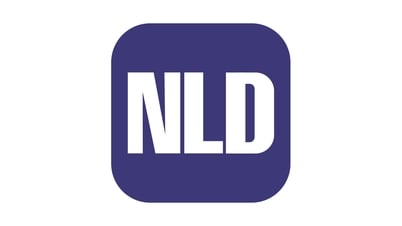

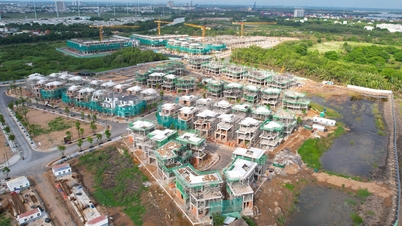

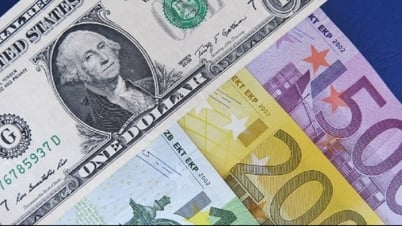












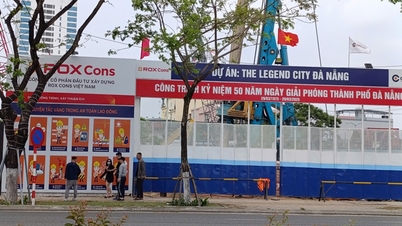


















































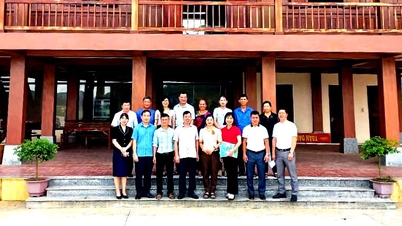

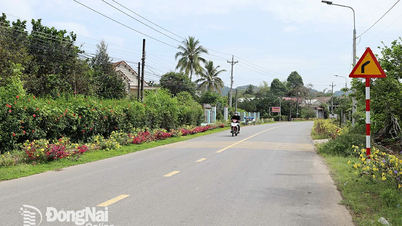
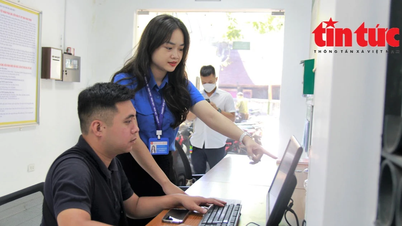














Comment (0)